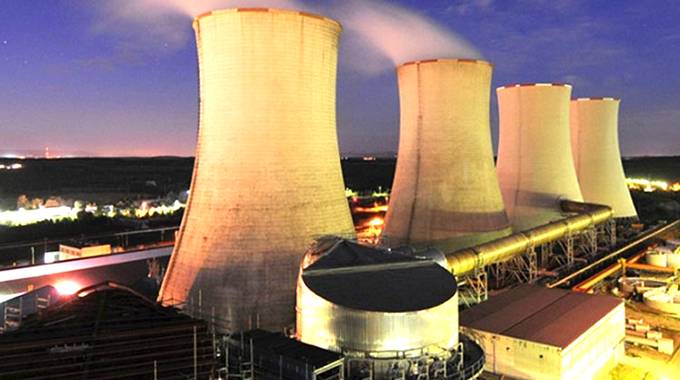Hwange Thermal Power Station expansion on course

Felex Share Senior Reporter
The US$1,2 billion expansion of Hwange Thermal Power Station Units 7 and 8 is on schedule, with 10 percent of the power plant having been completed despite challenges in accessing foreign currency and price distortions.
Sinohydro chief representative in Zimbabwe Mr Yifeng Wu said the project has so far created 400 direct jobs for locals, with the figure expected to hit 3 000 next year.
The project — which will add 600 megawatts to the national grid — is one the key economic enablers that will advance President Mnangagwa’s vision of turning Zimbabwe into an upper middle-income economy by 2030.
The contractor, Sinohydro, expects to have completed construction in 42 months.
On progress made on site, Mr Yifeng said: “The project achieved finance closure on May 31, 2018. Sinohydro, as the EPC contractor received $199 million advance payment from China Eximbank. The two shareholders of the project — Zimbabwe Power Company and Sinohydro — have completed their first capital injection with the amount of $35 million and $24 million respectively.
“The project is now being implemented well and is on schedule. The first pouring of concrete for the main power house officially started on February 29, 2019.”
Mr Yifeng said as the contractors, they were working closely with ZPC to review and approve the project designs and construction drawings.
“Most of the designs have been finalised,” Mr Yifeng said.
“The procurement processes of the main equipment have been completed and the manufactures have started manufacturing in China. The clearance of transmission corridor has started, though ZPC has some difficulties in acquiring land for the substations. The first unit, Unit 7, will be commissioned in October 2021.”
Mr Yifeng said the project would create 1 000 jobs before the end of the year.
“The project is on course and at the project site, there are around 400 direct local jobs which were provided and it will amount to 1 000 by the end of this year,” he said.
“In the next year, the number of local employees will be increased to 3 000 or even more. Hundreds of people have also been employed indirectly through various activities.”
Works on the project began in August last year using an initial $199 million from China Eximbank.










Comments